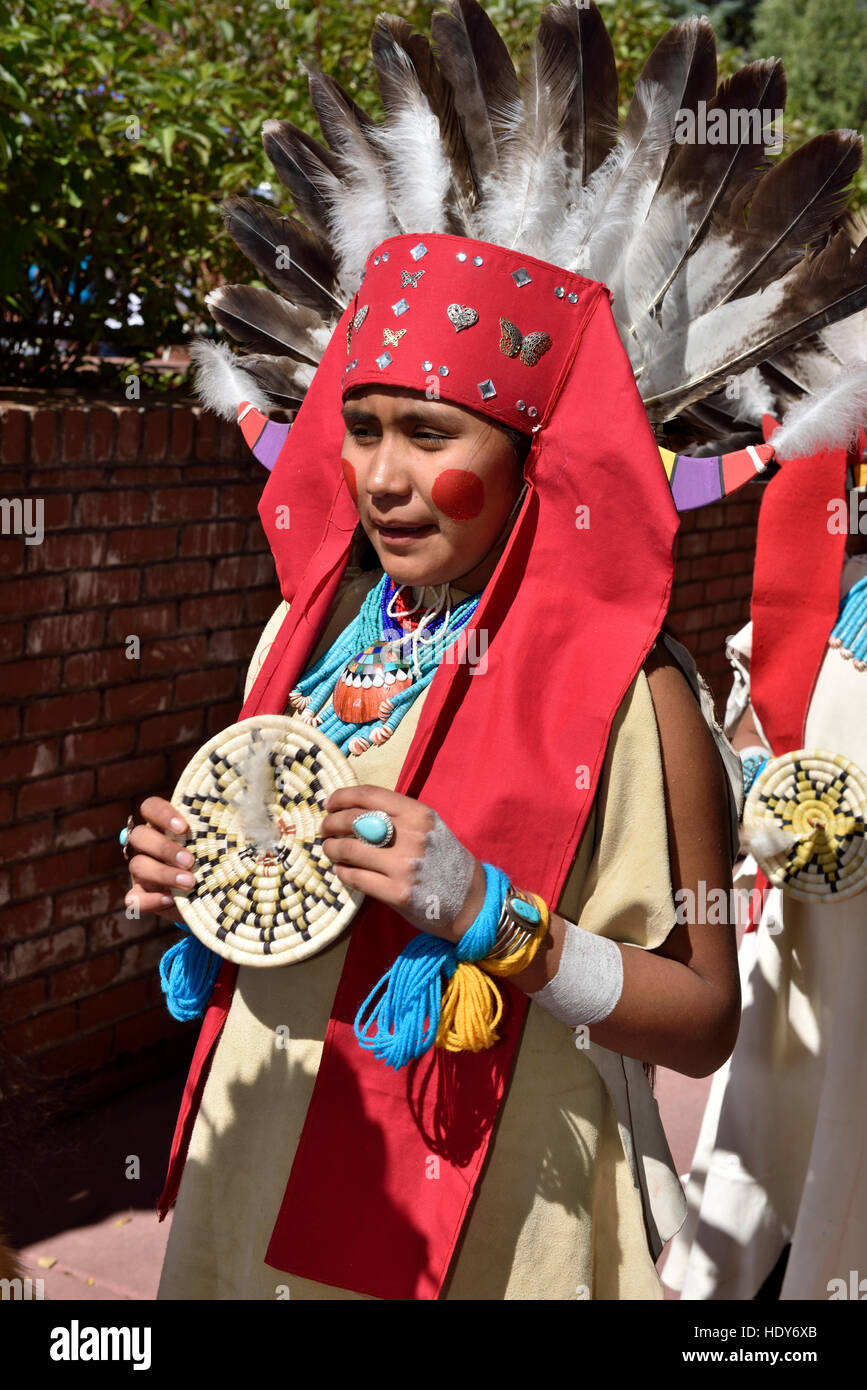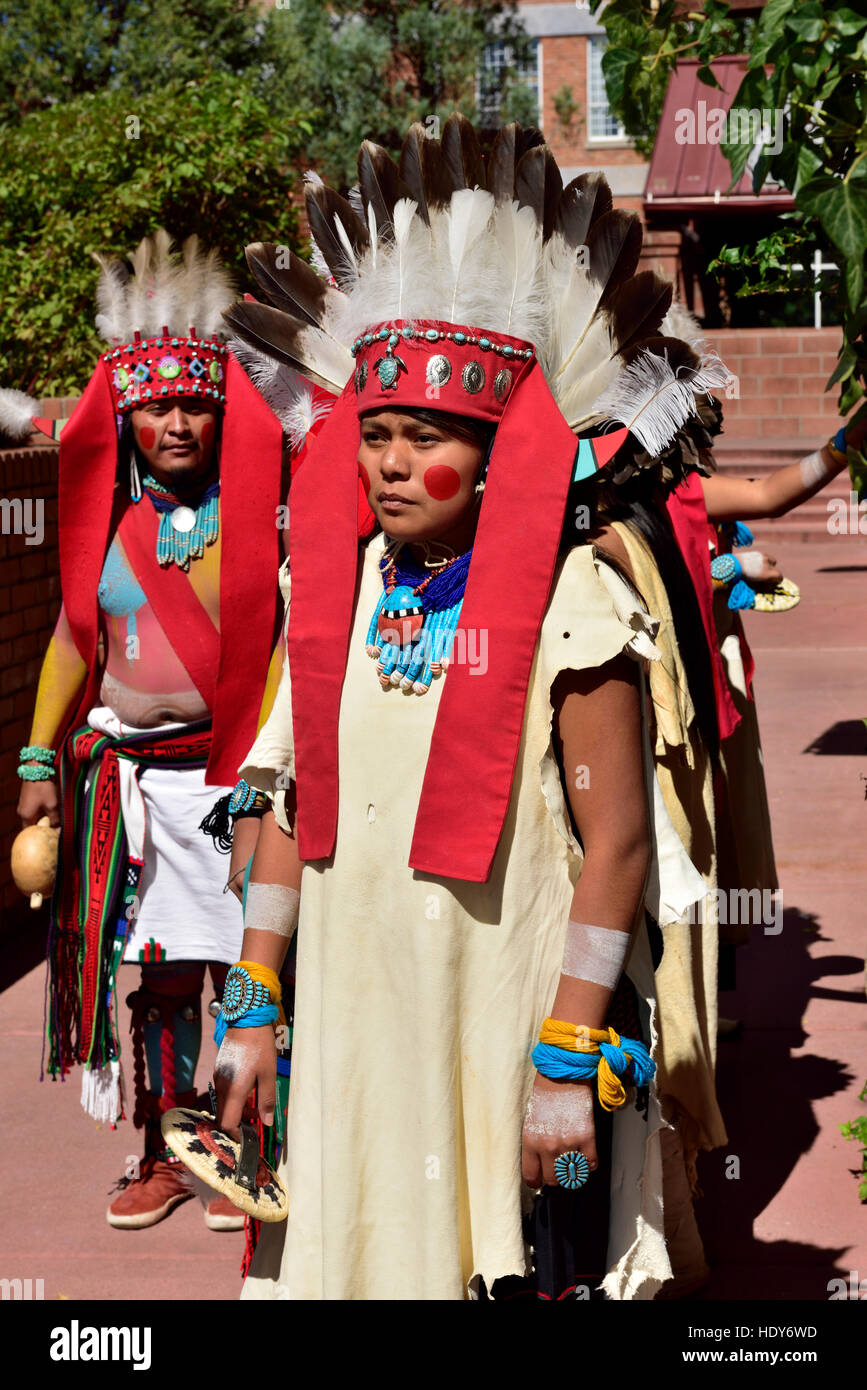
The Enduring Canvas: Hopi Traditional Arts as a Living Testament
High atop the sun-drenched mesas of northeastern Arizona, where the sky meets the earth in a breathtaking panorama of red rock and endless blue, live the Hopi people. For centuries, their culture has been inextricably linked to the land, their ceremonies, and their profound spiritual beliefs. This connection is nowhere more vibrantly expressed than in their traditional arts – a living canvas woven from history, spirituality, and an unwavering commitment to cultural continuity. Hopi art is not merely decorative; it is a conduit for ancestral wisdom, a teaching tool for future generations, and a powerful declaration of identity in a rapidly changing world.
To understand Hopi traditional arts is to understand the Hopi Way – a philosophy of life rooted in balance, harmony, and respect for all living things. Every piece, whether a carved Katsina doll, a finely coiled basket, or a meticulously painted pottery shard, carries layers of meaning, often incomprehensible to the uninitiated but deeply felt by those within the culture. These arts are not static museum pieces but dynamic expressions, continuously evolving while adhering to core principles passed down through countless generations.

Katsina Dolls: Messengers of the Sacred
Perhaps the most recognizable and widely celebrated of Hopi traditional arts are the Katsina dolls, or tithu. These are not idols or gods, but carved representations of the Katsinam – spirit beings who embody various aspects of the natural world, ancestral spirits, and cultural virtues. During the ceremonial cycle, the Katsinam themselves appear in the Hopi villages, bringing rain, fertility, and blessings. The dolls, carved predominantly from the root of the cottonwood tree, are given to Hopi children, particularly girls, as gifts during these ceremonies.
Their purpose is profoundly pedagogical. As Dr. Barton Wright, a renowned ethnologist, once noted, "The dolls are not toys, but rather teaching tools designed to familiarize children with the various Katsinam and their associated symbolism." Each doll, with its distinctive mask, costume, and posture, represents a specific Katsina and teaches children about their appearance, characteristics, and the moral lessons they embody. For instance, the Hemis Katsina, with its elaborate tableta headdress, is associated with corn harvests and fertility, while the Crow Mother Katsina (Angwusnasomtaka) represents nurturing and guidance.
The carving process is intricate and spiritual. After the cottonwood root is selected and dried, the artist begins to shape the figure, often using simple hand tools. Natural pigments derived from minerals and plants are then applied, followed by details of feathers, textiles, and other accouterments. Over time, the styles of Katsina dolls have evolved from the flat, two-dimensional "pupas" of the past to the highly detailed, three-dimensional carvings admired today, often depicting Katsinam in dynamic poses. Despite these stylistic shifts, the spiritual essence and educational purpose remain steadfast. "When I carve a Katsina," says Hopi artist Lowell Talashoma Sr., "I am not just making a doll. I am bringing a spirit into being, a messenger that carries our prayers and our traditions."
Pottery: Earth’s Enduring Embrace
Hopi pottery, with its distinctive yellow-orange hues and intricate black designs, is another cornerstone of their artistic legacy. The art of pottery has deep roots in Hopi culture, stretching back over a thousand years, with ancient sites like Sikyatki providing evidence of sophisticated ceramic traditions. However, it was the late 19th and early 20th century that saw a remarkable revival, largely attributed to one extraordinary woman: Nampeyo of Hano.
Nampeyo, a Tewa-Hopi potter from First Mesa, revolutionized Hopi pottery by drawing inspiration from the shards of ancestral Sikyatki pottery. She meticulously studied the ancient designs, which featured stylized bird motifs, migration patterns, and geometric forms, and reinterpreted them with a masterful touch, blending tradition with her own innovative flair. Her work, and that of her descendants, including her daughter Fannie Nampeyo, rekindled interest in Hopi ceramics and established a new standard of excellence.
Hopi pottery is entirely handmade, without the use of a potter’s wheel. Potters gather local clays, which are then cleaned, mixed with temper (often ground shards of old pottery), and coiled upwards to form the vessel. After drying, the surface is meticulously smoothed and polished with a stone. Designs are painted using a yucca brush and natural pigments – often haka (black paint made from boiled mustard plant and hematite) and a mineral slip for the base color. The firing process is also traditional, conducted outdoors in an open pit using sheep dung as fuel, which gives the pottery its characteristic warm tones and unique smoky effects.

Each pot tells a story, often reflecting the Hopi connection to nature and cosmology. The "spirit break," a small line intentionally left unpainted in a design, is a common feature, symbolizing the potter’s connection to the piece and allowing the spirit of the design to escape, ensuring the potter’s continued creativity and preventing the spirit from being trapped. This practice underscores the profound respect and spiritual connection embedded in every stage of the artistic process.
Basketry: Woven Stories of Resilience
Hopi basketry is a testament to the artists’ patience, skill, and deep knowledge of natural materials. The Hopi are unique among Pueblo peoples for their two distinct basketry traditions, each associated with a different mesa: wicker plaques and baskets from Third Mesa, and coiled baskets from Second Mesa.
Third Mesa wicker baskets are known for their vibrant colors and distinctive designs, often featuring Katsina faces, animals, or geometric patterns. They are made by weaving sumac, rabbitbrush, or yucca around a framework of rigid sumac stems. The dyes for the fibers are traditionally sourced from plants and minerals, creating a palette of reds, blacks, yellows, and greens. These baskets are primarily used in ceremonial contexts, particularly as gifts during Katsina ceremonies and social dances, or as decorative objects.
Second Mesa coiled baskets, in contrast, are characterized by their tightly woven, durable construction. Made from bundles of native grasses (like hunvi grass) coiled and stitched together with yucca fibers, these baskets often display intricate, subtle patterns created by the natural variations in the plant materials and the precision of the stitching. They are highly utilitarian, used for food preparation, storage, and ceremonial offerings, but also prized for their aesthetic beauty. The creation of a single coiled basket can take hundreds of hours, a labor of love that reflects the Hopi value of diligence and meticulous craftsmanship. "Every stitch is a prayer," a Hopi elder once remarked about the coiled baskets, "a meditation on our connection to the earth and to each other."
Jewelry and Textiles: Adornment and Identity
Hopi silverwork, though a more recent development compared to pottery or basketry (gaining prominence in the mid-20th century), has developed a distinctive style known as overlay. This technique involves soldering two layers of silver together. The top layer has a design cut out, while the bottom layer is oxidized (blackened) to create a striking contrast, allowing the black background to show through the cutout patterns. These designs often incorporate ancient Hopi symbols such as the rain cloud, sun, migration patterns, or Katsina figures, imbuing each piece with cultural significance. Hopi jewelers are celebrated for their precision and the deep meaning embedded in their wearable art.
Textiles, particularly ceremonial sashes, kilts, and blankets, are also vital to Hopi artistic expression. Weaving is traditionally a male art among the Hopi, with women often creating embroidered sashes. Using a loom, weavers create intricate patterns that are both functional and symbolic, worn during ceremonies to honor the Katsinam and connect the wearer to their heritage. The Hopi sash, with its elaborate brocaded patterns and fringe, is a significant ceremonial garment, often representing the blessings of rain and fertility.
The Artists: Guardians of Tradition, Agents of Change
Hopi traditional arts are not static echoes of the past; they are living traditions, constantly renewed by successive generations of artists. The transmission of knowledge is often intergenerational, with children learning from parents, grandparents, and community elders. This ensures that the techniques, designs, and underlying meanings are preserved, even as artists subtly infuse their own creativity and adapt to contemporary markets.
However, Hopi artists face unique challenges. Balancing the demands of tradition with the pressures of commercialization requires careful navigation. There’s a constant tension between creating authentic pieces rooted in cultural meaning and producing items that appeal to a broader market. Moreover, issues of cultural appropriation and the proliferation of inauthentic "Native American style" goods pose ongoing threats to the integrity and economic viability of legitimate Hopi art.
Despite these challenges, Hopi artists continue to thrive, demonstrating remarkable resilience and ingenuity. They participate in prestigious art markets like the Santa Fe Indian Market, educate the public about their heritage, and innovate within the bounds of tradition. As Hopi potter Dextra Quotskuyva, a descendant of Nampeyo, famously said, "My pottery speaks for itself. It is my statement to the world about who I am and where I come from."
A Living Legacy
Hopi traditional arts are more than just beautiful objects; they are vital threads in the fabric of Hopi identity. They embody the spiritual connection to the land, the wisdom of the ancestors, and the enduring strength of a people who have maintained their cultural integrity for centuries against immense pressures. From the vibrant Katsina dolls teaching children about their world, to the earthy pottery telling stories of creation and migration, to the intricately woven baskets and gleaming silver, each piece is a testament to the Hopi commitment to preserving their unique way of life.
In a world increasingly homogenized, the Hopi mesas stand as a beacon of cultural resilience, where art remains deeply embedded in daily life and spiritual practice. Supporting Hopi artists means more than acquiring a beautiful piece; it means contributing to the continuity of an ancient and profound culture, helping to ensure that the vibrant canvas of Hopi traditional arts continues to tell its stories for generations to come.


